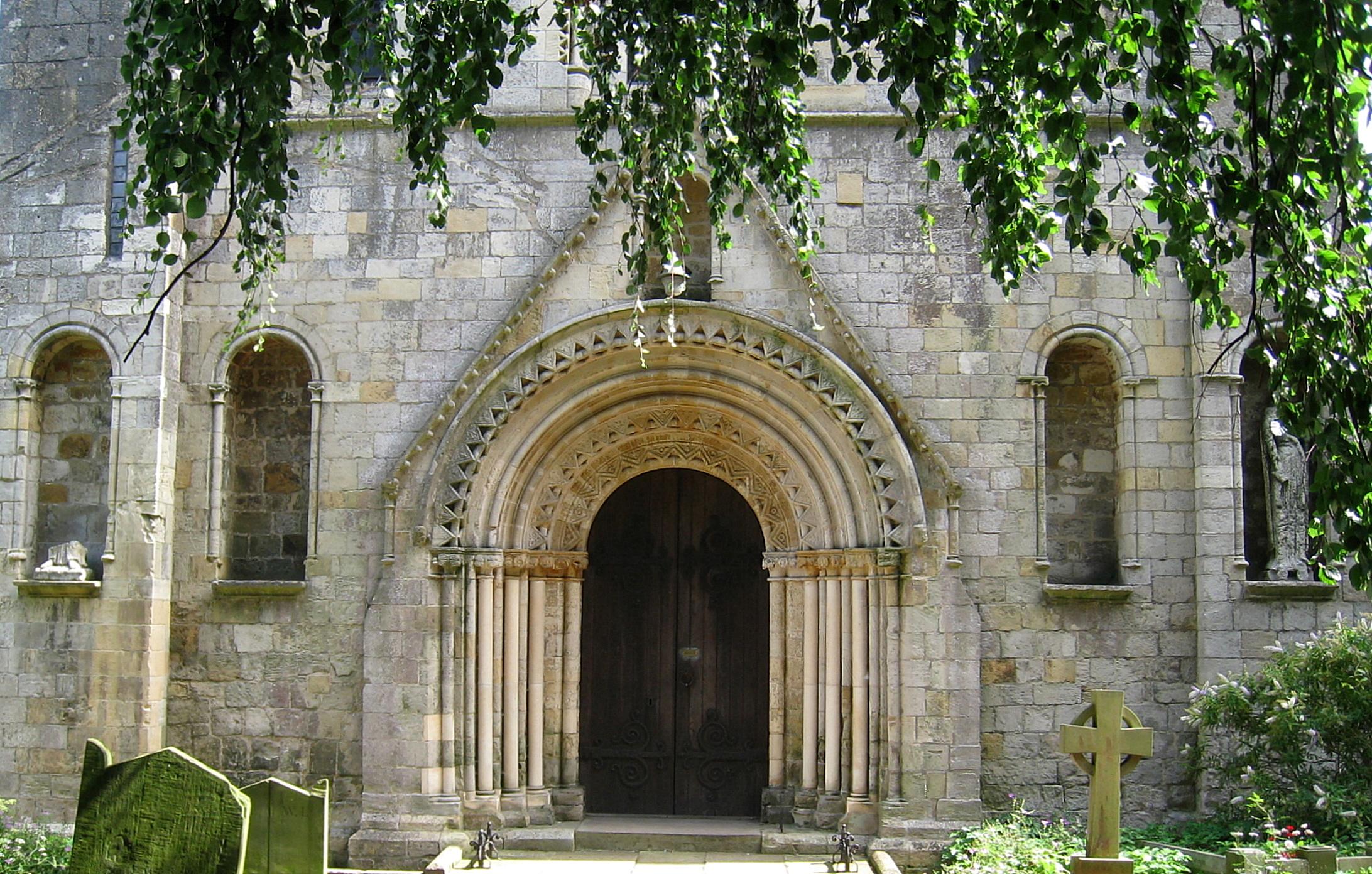All Saints
Newton on Ouse, Yorkshire
All Saints church stands at the heart of the lovely village of Newton on Ouse, North Yorkshire on the banks of the river Ouse and close to National Trust property, Beningbrough Hall.

A hermitage or small monastic settlement may have existed at Nun Monkton during the Anglian period in Northumbria, prior to the arrival of the Vikings, giving rise to the 'Monkton' part of the village's name.
Nun Monkton, Yorkshire
The arrival of the nuns came about a century after the Norman Conquest. In 1172 an Anglo Norman landowner, Ivetta of the Arches, endowed a small Benedictine nunnery which owned the village and stood on the important ford route from York and Moor Monkton to the south and Beningbrough and Shipton to the north, coming across the river. The Priory existed until 1536 when it was dissolved by Henry VIII, despite a plea from his second wife, Anne Boleyn, that it be spared.
Though Nun Monkton village remained a single estate until the 1930s, it changed hands several times after the Protestant Reformation. On 2 July 1644 the Battle of Marston Moor, one of the largest battles ever fought on English soil, took place in fields some miles to the south west of the village. Royalist troops under Prince Rupert crossed the Ouse between Beningbrough and Nun Monkton and proceeded on to Skipbridge where they crossed the Nidd and joined battle with the Parliamentarian army. Because of its proximity to the battlefield, Nun Monkton must have been directly affected but there seem to be no traditions, though older villagers in the late 20th century reported claims that fallen soldiers were buried around the church.
The church is the sole surviving structure from the former priory. At the Reformation the east end of the church was demolished and, until the 1870s, St Mary's Nun Monkton was a truncated low roofed building with standard 18th century fittings such as box pews and monuments. In the 1870s, however, as a result of the impact of the Tractarian movement, the village squire of the day, Isaac Crawhall, commissioned a new east end, built in high Anglican style. There is a conspicuous red sanctuary lamp, though the altar does not feature a tabernacle. Most impressive is the magnificent east window with glass by Edward Burne-Jones and William Morris which has a claim to be the best stained glass in north or west Yorkshire.
Until the first half of the 19th century, Nun Monkton villagers annually performed a ceremony of digging up, parading, and reburying a statue supposed to represent St Peter, the village's patron saint. The custom is said to have been stopped by a vicar who regarded it as a pagan survival.
Newton on Ouse, Yorkshire
All Saints church stands at the heart of the lovely village of Newton on Ouse, North Yorkshire on the banks of the river Ouse and close to National Trust property, Beningbrough Hall.
Whixley, Yorkshire
Do not miss this gem between York and Harrogate, listed in Domesday book of 1086, with fascinating headstops with strange faces staring at visitors from every angle.
Acomb, Yorkshire
The church of the Holy Redeemer is unique in two ways. It was the first parish church to be built in York after the Second World War, and stones from the ancient church of St Mary the Elder, Bishophill have been skilfully by the architect George Pace.